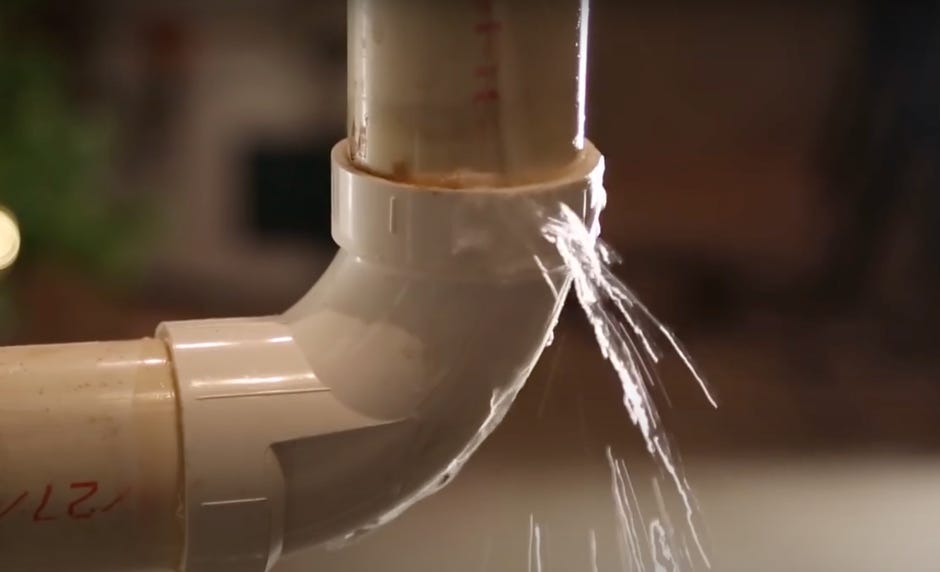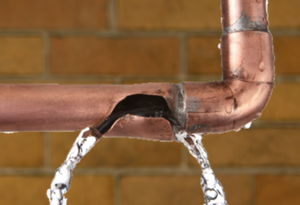Understanding the Signs of a Burst Pipe and also Rapid Repair Techniques
Understanding the Signs of a Burst Pipe and also Rapid Repair Techniques
Blog Article
Are you looking for critical information on What to Know Before Installing a Dishwasher?

A ruptured pipe is a major emergency; you can just stand as you watch water you pay dearly to reunite with the earth. In worse situations, you observe a pool on your kitchen floor, which is a fantastic trip threat, specifically if you have youngsters around. If the pipe that burst was in your walls, trouble: you might require to paint that whole area.
Just how can a tragedy like a burst pipe be avoided and managed? Well, by listening to your professional emergency plumbers and also complying with these policies.
How do I know when my pipelines have ruptured?
Fluctuating water pressures
Pipes do not simply burst in a day. You might have observed that your kitchen area tap or shower doesn't run quickly when you transform the faucet. It might pause for a couple of seconds and after that blast you with more pressure than common.
In various other instances, the water may seem regular in the beginning, after that drop in pressure after a couple of secs.
Damp walls and water discolorations
Prior to a pipeline bursts, it will leakage, a lot of times. If this consistent leaking goes undetected, the leakage may graduate right into a large laceration in your pipe. One very easy means to avoid this emergency is to look out for damp wall surfaces advertisement water spots. These water spots will lead you right to the leakage.
Puddles under pipes and sinks
When a pipeline ruptureds, the outflow creates a pool. It may show up that the pool is expanding in size, and despite the number of times you mop the pool, in a few mins, there's one more one waiting to be cleaned. Often, you might not be able to map the puddle to any noticeable pipes. This is an indicator to call an expert plumber.
Untraceable dripping noises
Pipeline ruptureds can happen in one of the most unpleasant areas, like within concrete, inside walls, or under sinks. When your house goes silent, you might be able to hear an aggravatingly consistent dripping sound. Even after you have actually inspected your shower head and cooking area faucet, the leaking might continue.
Precious reader, the leaking may be originating from a pipe inside your wall surfaces. There isn't much you can do about that, except inform a professional plumber.
Shut down the Water
When water freezes, it broadens in quantity by regarding 9 percent. And it broadens with tremendous pressure: The pressure inside pipelines may go from 40 extra pounds per square inch to 40,000 psi! No pipe can hold that much stress, so it breaks open. The break may occur where the ice types, but more frequently, it occurs where water stress locates a vulnerable point in the pipeline. That might be inches or even feet from the icy location. Find the water shutoff valve and also turn off the water to avoid even more damage. You may additionally need to turn off the power as well, depending upon where the leakages occurs as well as just how big it is.
Contaminated water
Lots of people think a burst pipe is a one-way electrical outlet. Quite the contrary. As water flows out of the hole or tear in your plumbing system, impurities find their method.
Your water might be contaminated from the source, so if you can, examine if your water tank has any type of troubles. However, if your alcohol consumption water is provided and cleansed by the local government, you ought to call your plumber promptly if you see or scent anything funny in your water.
What do I do when I identify a ruptured pipeline?
Your water meter will continue to run also while your water wastes. To minimize your losses, discover the primary controls and also turn the supply off. The water mains are an above-ground framework beside your residential or commercial property.
How to Fix & Detect a Leaking Pipe
How Do I Know if a Pipe is Leaking?
Leak detection tests can help you determine if your pipe has a leak. Even if you don’t see an apparent leak, you should still conduct leak detection tests regularly to save water and money—and prevent major damage to your home.
Water meter. It can be helpful to figure out what your usual water meter usage numbers are and then monitor them regularly. To monitor your meter, first, turn off all water faucets in your home. Check the meter and write down the numbers. In a few hours, check the meter again. If the numbers have changed, you have a leak. Water gauge. Use a water gauge to test your water pressure. Your showerhead should produce a certain amount of water pressure based on its model and design. If the pressure is lower than it is supposed to be for that specific showerhead, your home likely has a leak. Puddles. Look inside your bathroom, laundry, and kitchen sink cabinets. Puddles around the cabinets or around toilets, tubs, showers, and washing machines indicate the presence of a leaking pipe. You may also notice loose tiles, peeling or flaking paint, or mold caused by water accumulation. Napkin test. Even if you don’t see any puddles, you may still have a leak. You can test for water leaks in the bathroom, laundry, and kitchen by wiping below-sink connections with a napkin, paper towel, or piece of toilet paper. If it becomes damp, you probably have a leaking pipe under the sink. Discolored walls. Walls that are discolored—usually with brown or yellow stains—or bulging might mean that they have been impacted by water damage caused by a leaking pipe. Smell. A leaky pipe will create sitting water, and over time, that water may develop a musty smell. If your home smells musty, but you can’t locate the source, it may be due to a leak. Steps for Fixing a Leaking Pipe
A leaky drain can be remedied by tightening the pipe base, replacing the drain seal, caulking the rim, and tightening the pipe nut. Similarly, a leaking toilet pipe can be treated by tightening the packing nut. You may also need to replace the valve. A leaky faucet may just need tightening or replacement of the washers. If that doesn’t work, consider replacing your faucet. If your pipe has a hole in it, you may want to use a pipe leak sealer or pipe leak tape. This quick fix for water pipe leaks can also temporarily fix a copper pipe leak. https://www.ahs.com/home-matters/quick-tips/how-to-tell-if-pipes-are-leaking/

I came across that write up on How to Install and Connect a New Dishwasher when perusing the web. Do you know about another individual who is fascinated about the topic? Please feel free to promote it. Thanks a lot for going through it.
Details
Report this page